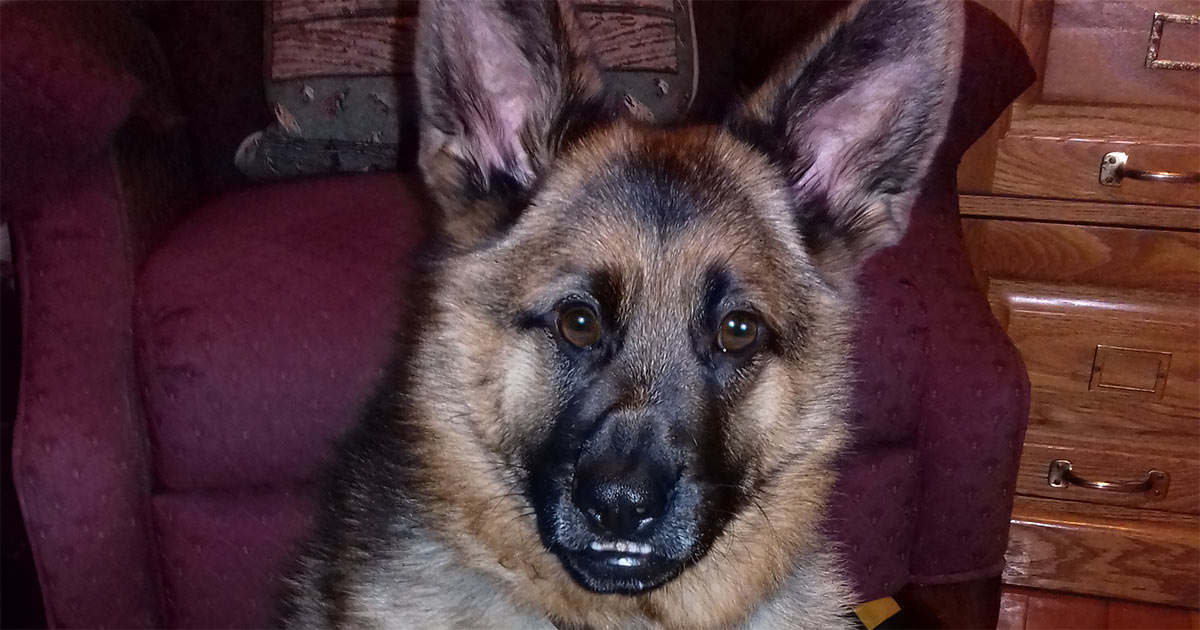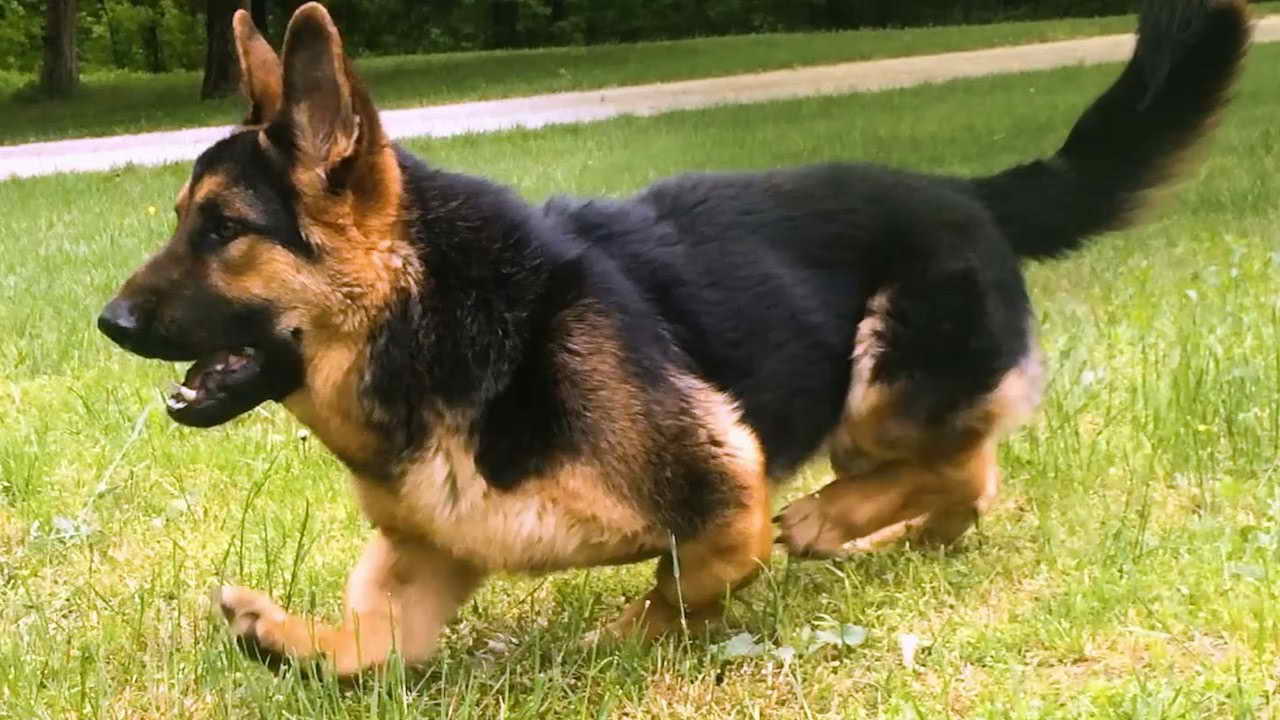Dogs are creatures of which you have very specific thoughts regarding the sizes and shapes they can have. Depending on the breed, these can be small or large, so many are surprised when this idea comes out of the mold. Dwarfism is a condition that humans have, but canines like the German shepherd can also inherit it.
This disorder consequently causes your pet to have the appearance of a puppy throughout his life. Many people consider it something tender, and indeed it is, but this can also bring some difficulties in their health. It is essential that before adopting a German shepherd with dwarfism, the situation is properly investigated.
What is a dwarf German shepherd?
Contents
- 1 What is a dwarf German shepherd?
- 2 What Is Pituitary Dwarfism in German shepherd Dogs?
- 3 Why Does Pituitary Dwarfism Especially Effect the GSD Dog Breed?
- 4 Why Does Pituitary Dwarfism Especially Effect the GSD Dog Breed?
- 5 Why Does Pituitary Dwarfism Especially Effect the GSD Dog Breed?
- 6 How to Treat Dwarf German Shepherds
This is a German shepherd who has genetically inherited two parts of a specific recessive gene. This element causes dwarfism in some breeds of dogs, not all of them, of course.
That a puppy comes out with this problem may be due mostly to some pet owners’ misinformation. Sometimes, just by wanting to reproduce them, they do not make previous health analyses that rule out certain diseases’ inheritance.
When a German shepherd has dwarfism, he is more prone to diseases, which means that his life expectancy is short.
What Is Pituitary Dwarfism in German shepherd Dogs?
In this case, this is not referring to a kind of benign condition that could create a small dog. This condition is directly related to a deficiency in a pituitary gland that cannot develop properly.
This pituitary gland for a dog is essential because it manages the dog’s growth at a certain point. It is found in the central part of the canine brain and controls hormones that prevent certain aspects from functioning.
Why Does Pituitary Dwarfism Especially Effect the GSD Dog Breed?
The most common theory of veterinarians is that pituitary dwarfism starts when the dog is just a puppy. Two reasons would explain that the corresponding gland is not forming properly.
One of them is the appearance of a tumor, and the other is that this element does not develop for its own sake. German Shepherds are believed to be the dogs most affected by this pituitary dwarfism, but they are not the only ones.
All breeds related to herding are extremely prone to having this type of disease. Besides, both males and females can suffer from pituitary dwarfism, so this should not go unnoticed.
Why Does Pituitary Dwarfism Especially Effect the GSD Dog Breed?
There are simple ways to discover your German shepherd’s condition, some related to his appearance and some not. Here is what you should know:
- Your physical appearance
The most obvious thing may be the lack of growth in height that the dog is having, which can be noticed between 8-16 weeks. These characteristics tend to be consistent, which means that his legs are not deformed due to achondroplasia dwarfism.
As for its coat, the puppy will keep it for a longer season than a completely healthy German shepherd. The most notable difference is that all the hair will fall after a year due to alopecia, making this bald man again.
The only thing that would be safe is the head, in addition to its legs in the lower area.
- Clinical symptoms
Appearance is not the only thing that determines dwarfism in German Shepherds. More behaviors can help detect. The problem with this is that they are usually serious situations that make the animal suffer. Here are some symptoms par excellence:
- Cardiovascular difficulties.
- Some bacterial skin infections due to alopecia.
- Kidney failure due to the liver and kidneys that are overdeveloped.
- Problems in the respiratory area.
- Malformation in the reproductive system of male canines may include testes not descending or too small.
- Irregular heat process, perhaps even absent in females.
- Neurological problems through the cervical vertebrae are unbalanced.
- Secondary hypothyroidism, better known as an underactive thyroid gland.
- An eruption in the dental area is quite delayed.
- Loud barking in puppies.
- They become more foxlike in appearance.
German Shepherds with dwarfism can be detected in many ways, and none of them are really pleasant. Make sure to take your pet for regular check-ups to rule out any problems, not just related to dwarfism.
The well-being of the puppy depends on how well he is treated in health care. Care is important. The worst thing is that a German shepherd with a problem like dwarfism does not usually last very long with life.
There may not be a remedy to cure this disorder, but something can do about the situation. Catching the problem first is necessary to ensure a longer life for your pet than is commonly promised.
Why Does Pituitary Dwarfism Especially Effect the GSD Dog Breed?
When the animal is not given the correct treatment, its life expectancy may decrease considerably. Thanks to different studies carried out by renowned universities, it is estimated that they can remain alive between 5 or 4 years.
Sometimes the German shepherd can survive much longer, which is a complete relief. The reason for this is that this pituitary gland still secretes hormones, minimally, of course.
If the German shepherd shows dwarfism, this cannot be confirmed unless the respective medical tests are done. Taking them for review is also important because the possibility of having cysts of some kind must rule out.
Also Read: Blue Panda German Shepherd
How to Treat Dwarf German Shepherds

The good thing about this whole thing is that ways of dealing with this disease have developed over time. These include replacing the hormones that are missing. These are the options:
- Pig Growth Hormone: The only downside to this alternative is that it is often expensive, and its results can differ considerably.
- Progestin’s: these are steroidal medicines that allow the stimulation of hormones that allow growth.
- Some believe that thyroid hormones such as synthetic levothyroxine may work the right way, but it is not entirely safe.
Knowing all this can give you hope about your puppy, but you have to consider that these treatments can also harm. Side effects are a possibility with the consumption of synthetic hormones, and these cause enormous discomfort to the animal.
Another alternative that could consider is to delay castration as this will give it a better chance of producing reproductive hormones. The only condition is that the owner must know that his German shepherd does not get together with another dog.
Whether the treatment for dwarfism in German Shepherds can alter their lives both positively and negatively, perhaps there is no cure for this disease yet, but there are options that will have repercussions somehow.




